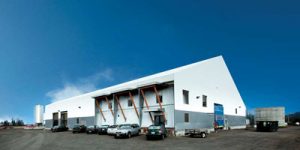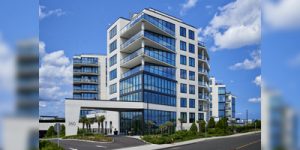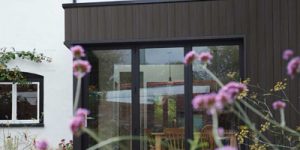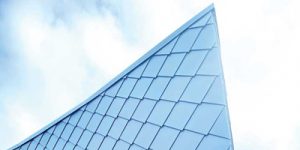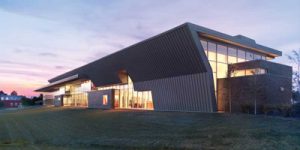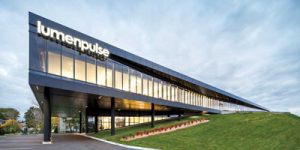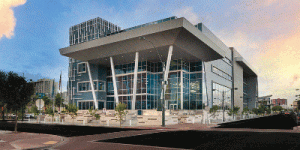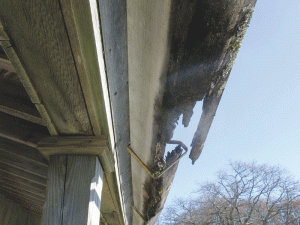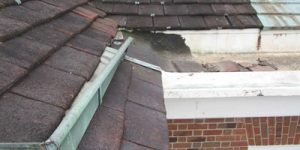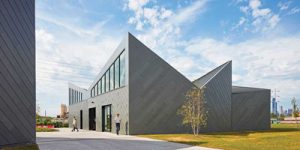For many, the term “fabric building” carries negative connotations of being a cheap or temporary option. For others, the exact same words are 100 percent positive, as this group understands that with the right approach, fabric cladding brings a multitude of potential benefits to the table.
+ Read More
|
SlenderWall is a high-performance architectural precast concrete complete cladding system.
+ Read More
|
Across the globe, many businesses are working towards becoming completely zero waste. The Zero Waste International Alliance (ZWIA) defines this as “the conservation of all resources by means of responsible production, consumption, reuse, and recovery of products, packaging, and materials without burning and with no discharges to land, water,...
+ Read More
|
For roofing and wall cladding products, architectural zinc’s inherent metallic properties can help reduce the embodied carbon footprint for residential and commercial buildings, and improve their energy-efficient, climate-resilient, long-lasting performance.
+ Read More
|
Design professionals often work in isolation, with each discipline (architectural, structural, mechanical, and electrical) working exclusively on their own discipline, and only getting together after they have completed most of their individual design contribution to coordinate dimensions. Crucial data is unintentionally missed, and this can significantly affect the structural...
+ Read More
|
Designing with IMPs gives project owners, architects, and contractors a competitive edge in today’s design-build market. Thanks to state-of-the-art technology, continuous panels outperform conventional construction systems in their efficiency and longevity, while contributing to the construction of eco-friendly architecture.
+ Read More
|
The team responsible for bringing any building to life faces increased pressure to deliver on energy efficiency and design innovation. Construction professionals today must consider a wide array of variables when selecting the optimal building envelope product, such as climate in the region, how the building will be used,...
+ Read More
|
Designers need to understand how the characteristics of historic materials may have allowed a detail to function successfully when originally constructed, and that repair or replacement with present-day materials may require changes to the detail.
+ Read More
|
When developing roof drainage details, designers need to consider not just typical conditions and geometries, but also atypical or transitional geometries that may concentrate or direct water flow in unexpected ways.
+ Read More
|
Zinc, a proven, natural construction material, is extremely long-lasting and requires minimal maintenance. Throughout its long lifetime, its dynamic aesthetic evolves as the zinc material’s patina is influenced by the project location’s unique climate and protects this ecologically friendly material for many generations.
+ Read More
|
|
|


